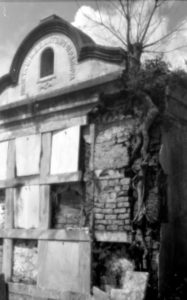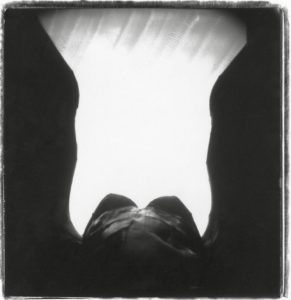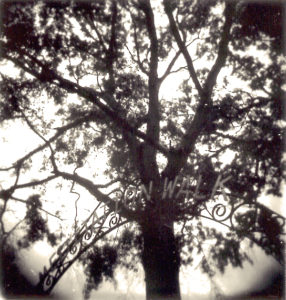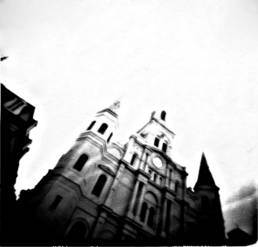If You Have PinHolgaRoid's, There's an Ointment for That
Once digital photography took hold there was no looking back. I got into photography right on the edge of the acceptance of digital cameras as competition to film. I bought my first digital camera sometime in late 2001 in preparation for a three week hike across Europe for the upcoming summer of 2002. The camera was a Sony DSC-707 and it was magnificent. There were interesting hacks to make it shoot infrared and it had manual controls which was important for learning the basics of exposure.

Then the bug took hold and I went backwards, buying my first film SLR. From there I discovered Kodachrome and various black and white films. The rest of the world was moving to digital and I was learning how to develop and print my own film in a makeshift darkroom.
It was at this time that I was introduced to cameras that most would consider basic or amateurish. Camera’s like Holga and Brownie, in all it’s Bakelite glory captivated me. From there I became interested in photography in it’s most primitive form, a box, film, and a hole. Pinhole photography was the exact opposite of digital.

I started modifying Brownies and even created a pinhole for my 35mm camera. My favorite though was the PinHolgaRoid. Take a cheap plastic Holga, rip out the lens (in all it’s plastic sharpness), punch a hole in a piece of a Coke can, and slap on a Polaroid back and you have Dr. Frankenstein like creation. The beauty of this camera was the Polaroid back. My film of choice was Polaroid Type 88. This film not only provided an instant print, but a large Polaroid sized negative.

As much as I love technology I love the simplicity of creating pictures with primitive cameras.
